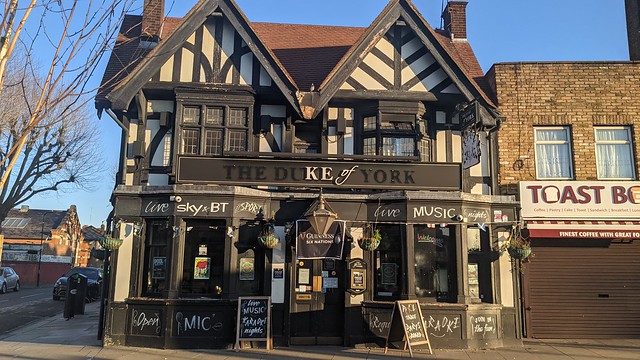One of the topics raised in my street photography talk at Photofusion last year was the approach of setting yourself a project as a street photographer, working to rules, taking pictures for a particular purpose, versus a more aimless, wandering style. I'd originally, and a little arrogantly, put myself in the latter category.
Setting limits surely contradicts the whole ethos of street photography? The romantic tradition of the flâneur predicates a reckless abandon to chance. There's no plan of action or premeditation. Everything has equal significance before the steady gaze of the impartial, impassioned observer.
Well, with a little more thought on my part, and the purpose of this website, despite those ambitions I have a number of conditions surrounding my work that mean I do not so neatly portray the free wheelin' style of the boulevardier.
And, as is the fashion of the web, I'll turn them into a list (and include yet another gratuitous French reference).
I've now come to a point where I'm thinking about people. Who do or don't I take pictures of?Recipe for Street Photography à la Sean McDonnellSeason well and simmer for 25 years, stirring occasionally.film35mmblack & whiteHP5SLROlympussingle lensfixed28mm1/500f16blindLondonWest Enddaytimeweekdaysoutsidenatural lightsunshinepeople
don't go back
The mélange of social classes is a defining characteristic of street photography. What attracts me to London's West End in particular is that mix of shopper, worker, student, tourist, day tripper, native (and all the subtle classifications between) thrown into eachother's company.
However the privileges of the city are granted by invitation only. London's better than a lot of cities but access and navigation for the less physically able is restrictive. The explicit and implicit presence of authority and surveillance, encourages a conformity of appearance and behaviours and, by implication, draws attention to and discourages those who deviate. Flipping this around I can't ignore the corresponding position I hold as a single, white, male on the street; one of the silent, invisible, majority, able to go about his business with relative impunity.
When I look at my work I like the diversity of people I see. I feel proud that London is a city where, in spite of the reservations I've touched on, it is a city to roam. However I'm mindful that freedom, and the freedom to record it, is hard won and precious.
Well I don't quite know how I've ended up talking about liberty, equality and fraternity...but then again perhaps I do.
À bientôt, mes amis!
23 Jan 2011
the reluctant flâneur
5 Jan 2011
new year, new book
My collection of images I called The Distance Between Us came into being over a year ago. While revisiting my work, I began to saw a number of photographs with two figures interacting with one another through a gesture, eye contact or just being in close proximity to one another. Some of those interactions were obviously intended by both parties, others were not. What interested me was their record of moments that we are all party to, throughout our public lives on the streets. The effect of sharing public space with a random cross-section of others means we experience a level of intimacy that I think is worth cherishing.
I was content to let these pictures live together as a stack of prints. I'd just published two books and wanted to absorb the process and consequences of that. However at the end of last year I felt ready to think about how they could be presented on the printed page.
My original book loved; life; London follows the traditional approach of a monograph: same-size images sequentially presented as they'd appear on a white gallery wall. The second, Portrait of a Street Photographer, is an attempt to put the photographs into the context of why they were made. To reflect the street experience different layouts are used to give the book a rhythm and dissonance. My new book, The Distance Between Us, develops that approach and deliberately presents the images in a fractured way. It's not a printing error!
The decision to use this approach was influenced I confess by the new pocket book format that Blurb have released. It's not a friendly format for full frame 35mm street photography but using the dimensions of the pages to determine the crop and arrangement of the images felt natural and in tune with the ideas behind this particular collection.The paper stock is certainly not for the purist but, again, I feel it complements the nature of these pictures and they add up to something greater than the sum of the parts. Hey, I think I've another book title...
Subscribe to:
Posts (Atom)







